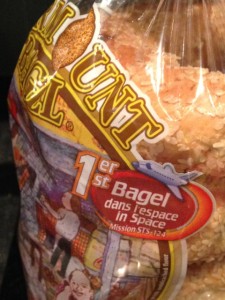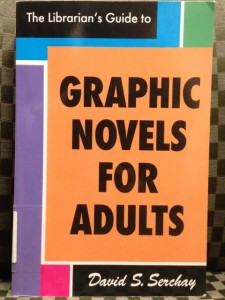You are invited to the upcoming workshop being held at the Bloomfield Lecture Hall of Lady Davis Institute – JGH on May 6th and May 7th 2015 titled: The Impact of Technological Change on the Surgical Profession: Past, Present, Future.
This issue influences the future of the surgical profession, surgical careers and training, and importantly the types of services and the quality of patient care people receive.
This opportunity to meet and exchange ideas with international speakers Roger Kneebone, David Jones, Peter Kernahan and Rachel Prentice is being organized by the Department of Social Studies of Medicine, the Department of Surgery as well as the Jewish General Hospital Foundation.
For more information, please visit the Event Page.




